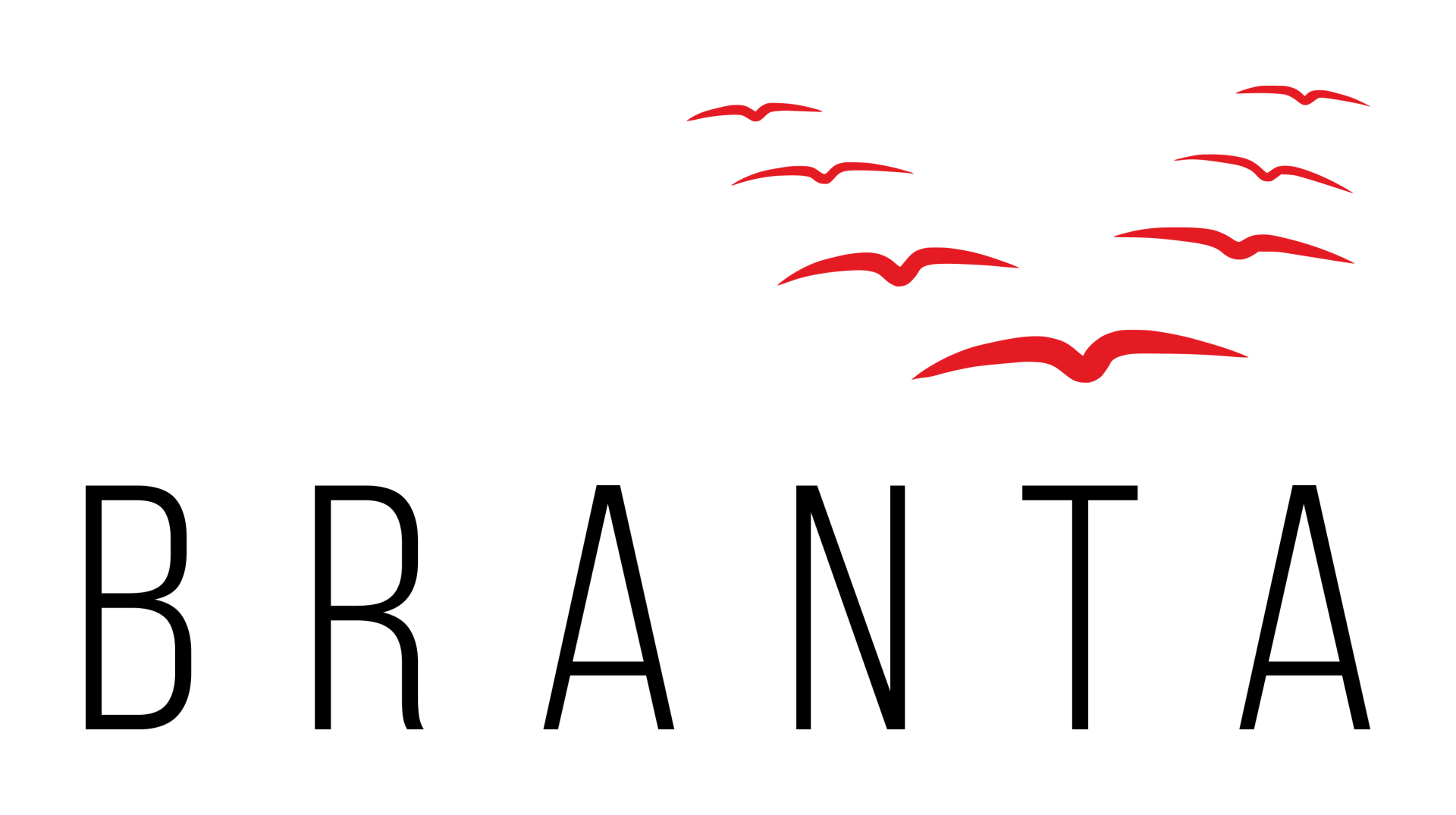Case Study: Helping a Family Exit a Complex Business Legacy
When a family found themselves tasked with unwinding their late father’s business interests, they faced a maze of financial and commercial challenges. The estate was entangled in a mix of assets, debts, and regulatory complexities that required careful navigation to achieve a successful exit. Branta was brought in to advise and guide them through this process, ensuring that they could realise value efficiently while mitigating risks such as insolvency, penalties from lenders, and asset sales at under value.

The Challenges: A Web of Assets, Liabilities, and Risks
The situation presented multiple challenges that needed to be addressed simultaneously, including:
- Disposing of a commercial property estate while ensuring secured debt could be repaid within a tight deadline.
- Recovering outstanding debts from various sources to support cash flow.
- Selling a majority stake in a highly regulated legacy company in a way that maximised value while adhering to regulatory constraints.
- Settling outstanding liabilities related to the previous sale of another regulated business to private equity.
- Avoiding insolvency risks, which could have been triggered by cash flow constraints or premature asset sales.
A misstep in any of these areas could have led to serious financial and legal consequences for the family, potentially leaving them with penalties, personal liability risks, or an inability to realise the true value of the estate.
Our Approach: A Multi-Faceted Strategy
Branta provided a structured, pragmatic, and commercially focused approach to tackling these issues. Our involvement went beyond traditional advisory services, blending technical expertise with strong negotiation skills and a clear, direct communication style.
Key elements of our approach included:
- Perspective: We quickly assessed the commercial reality of the situation, understanding not only our client’s objectives but also the negotiating strengths and weaknesses of all parties involved.
- Cash Flow Focus: Given the risk of insolvency, we placed a strong emphasis on maintaining liquidity, ensuring that debtor realisation and asset sales were timed effectively to support ongoing financial obligations.
- Strategic Negotiation: Every discussion, whether with lenders, buyers, or other stakeholders, was guided by an understanding of the main commercial drivers. We prioritised solutions that would maximise value and minimise risk.
- Clear Communication: In high-stakes situations like this, clarity and directness are crucial. We maintained open and honest communication with our client while handling counterparties with professionalism and confidence.
- Holistic Problem-Solving: Rather than addressing individual issues in isolation, we took a broad view of the entire estate, managing asset sales, debt repayments, and regulatory considerations in parallel to create the best overall outcome.
- Specialist Knowledge: Our expertise in corporate finance, insolvency, and turnaround strategies allowed us to navigate complexities that many traditional accounting or legal firms might struggle to address comprehensively.
The Outcome: A Successful Exit with Minimal Risk
Despite the challenges, the family was able to unwind their father’s business interests efficiently, avoiding major financial pitfalls. Secured debt was repaid within the required timeframe, assets were sold at fair value, and all key liabilities were settled without unnecessary penalties or legal complications. The regulatory aspects of the business sale were managed effectively, ensuring compliance and a smooth transaction process.
Importantly, the family was able to walk away with financial security and peace of mind, knowing that the exit had been handled professionally and in their best interests.
One of the family members summed up their experience working with us:
“Thank you very much for all your support and patience through this grisly process. Being able to pick up the phone, share ideas, and rant kept me going.”
A Rare Set of Skills for a Complex Situation
This case highlights how Branta’s unique combination of skills—ranging from financial and banking expertise to negotiation tactics and insolvency knowledge—can make all the difference in difficult business exits. Unlike many traditional advisors, we bridge the gap between conventional accounting and the specialist legal considerations that often arise in these situations.
If you or a client are dealing with a complex business exit or legacy issue, we’re here to help. The first conversation is always free and without obligation—give us a call today.
Self-Test: Could You Benefit from This Type of Support?
Ask yourself the following questions:
- Do you or your client need to manage a business exit that involves multiple asset classes, debts, or regulatory hurdles?
- Are cash flow constraints creating a risk of insolvency or penalties?
- Do you require a strategy that balances financial, legal, and commercial considerations?
- Would clear, direct negotiation support help maximise value in your transaction?
If you answered yes to any of these, Branta could provide the guidance you need.




